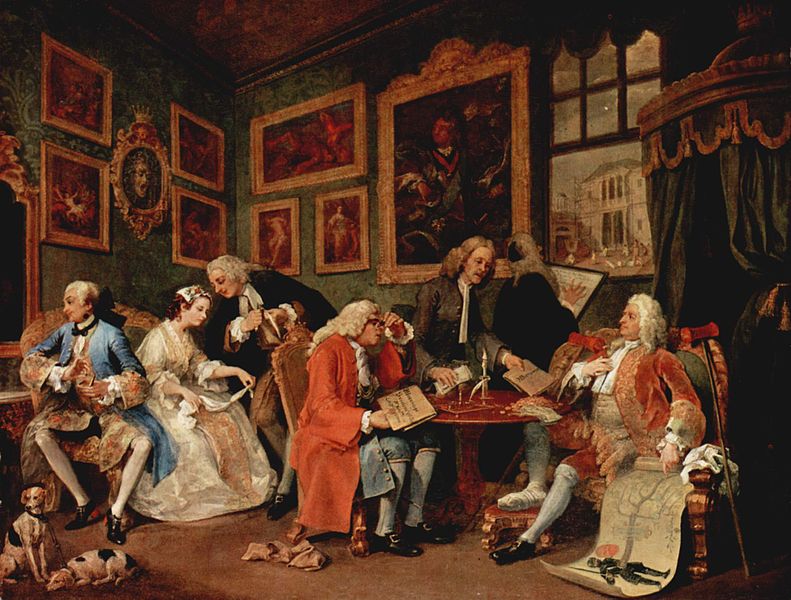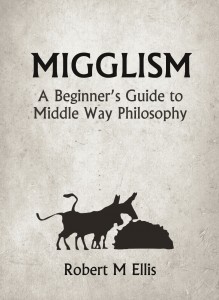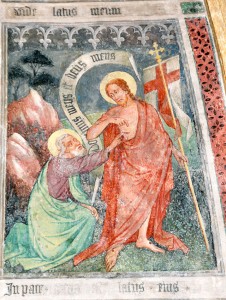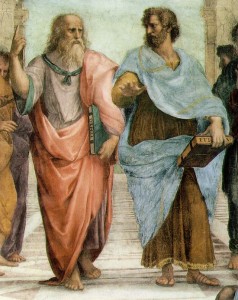
William Hogarth was born in Smithfield London in 1697, his father was originally a Latin teacher but he ventured into a coffee house business which made him bankrupt. Young Hogarth went to drawing classes where he copied from casts and drew from live models. He soon became an apprentice in a silver workshop where he was to reach the level of Master engraver, he opened a print shop which is where he met Sir James Thornhill and became one of his students in his drawing academy, he married Thornhil’s daughter Jane in 1729, it was a happy marriage, with no children. He was fond of going to the theatre and enjoyed satirical plays and also cartoons which made fun of the royal family and politicians.
Hogarth was a painter, print maker, pictorial satirist, social critic and editorial cartoonist, he has been credited with pioneering ‘sequential art’, which is similar to a sophisticated comic strip. He created a series of morality paintings called a ‘Rake’s Progress’ in 1734 using his art to make a social comment on the times and on politics, Hogarth regretted the urbanisation of London and its accompanying crime. Between the years 1743 and 1745 he painted six works which were then engraved called ‘Marriage a la Mode’ now held in the National Gallery London. These works demonstrated how the lives of the wealthy were not without vice, they were a criticism of 18th.century life. It is the first engraving of this series that will be discussed. In 1747 he worked on a series called ‘Industry and Idleness’ in the following year he went to France and returned with an unfavourable impression of the people. Four years later in 1751 he produced ‘Gin Lane’ in which he railed against the Protestant work ethic, the view was that if the people did not find work they deserved to be poor, no matter for what reason, he was critical of the alcoholism, gin was cheap to buy and was called mother’s ruin. In 1762 he painted ‘The Times’ which greatly upset certain politicians.
Paintings were copied to make prints, an engraver would use a tool called a graver to make incisions or scratches onto a metal plate, that in turn was covered in ink and pressed in a printing press onto paper. Hogarth would make limited editions but because prints were so popular many fraudulent copies were also made.
In the first of the series of six works for Marriage a la Mode we see the main characters, composed in two groups , this series is considered to be one of Hogarth’s best works. On the right we see Earl Squander who is planning to marry his son, the viscount to a wealthy merchant’s daughter, the earl is very miserly and wants more funds to carry on building his new home, which we can glimpse through a window, an architect is looking through this window with plans in his hand, the merchant on the other hand is wealthy and wants to climb the social ladder, hence his wish to marry his daughter to a member of the aristocracy. The old earl is seen with one leg raised on a cushion, to ease his gout, he holds a scroll on which is drawn his family tree, the merchant holds the marriage contract while on the left of the scene we see the Earl’s son, the Viscount, admiring himself in a mirror, a solicitor called Silvertongue bends over the daughter, probably giving encouragement to her about the benefits of this marriage. Two dogs are seen chained together, a metaphor for this alliance? The room is grand, we see a classical interior, on one wall there is a portrait in the French manner, on another an image of Medusa, denoting horror. In the second of the series we see that the couple have little interest in each other, the marriage is breaking down, a dog pulls out a cap from the young husband’s pocket, a hint that he has been unfaithful to his wife, there is a broken sword, he has been in a fight. The third picture depicts a quack’s consulting room, the husband has syphillis and the young prostitute with him rubs a scab on her lips. The viscount wants the money returned which he spent on the medicine which has not cured him. In the next engraving the old earl dies, the young couple take over the home, when they entertain guests the wife turns her back on her visitors. In the next piece the husband discovers that his wife has been unfaithfull with the solicitor Silvertongue, who is escaping throught a window, the wife implores her husband to forgive her, the injured husband dies, the wife commits suicide and the solicitor is hung in Tyburn for the murder.
What an unhappy tale. It is hard to discover a middle way in this series of engravings, it shows extremely poor behaviour on each character’s part, it is a comedy of errors, a satire, which entertains the public and perhaps makes them feel somewhat happier about there own lives, perhaps the grass is not greener in the next pasture. It may provide a timely warning also that such behaviour produces unwanted results and it is far more important to tread a middle way.
Society was not stable at the time, the unpopular George 2 ruled, although he spent much of his life back in his much loved home in Hanover, Germany, his son George was at loggerheads with his parents and they had no time for him, the family was dysfunctional and did nothing to calm the unsettled conditions in the country.
Hogarth followed rules when he worked, he produced images that he knew the public would understand and like, he used variety to keep onlookers interested, he made sure that the images he produced were in sync with the main themes in each work, not using too many images which could confuse, he worked in the Rococo style, using loose free lines to create the beauty in the work, his brushstrokes were also free, we see this on the ruffle and frills on the clothing, his colours were warm and rich, restrained by light and dark browns. Hogarth died in 1764.




